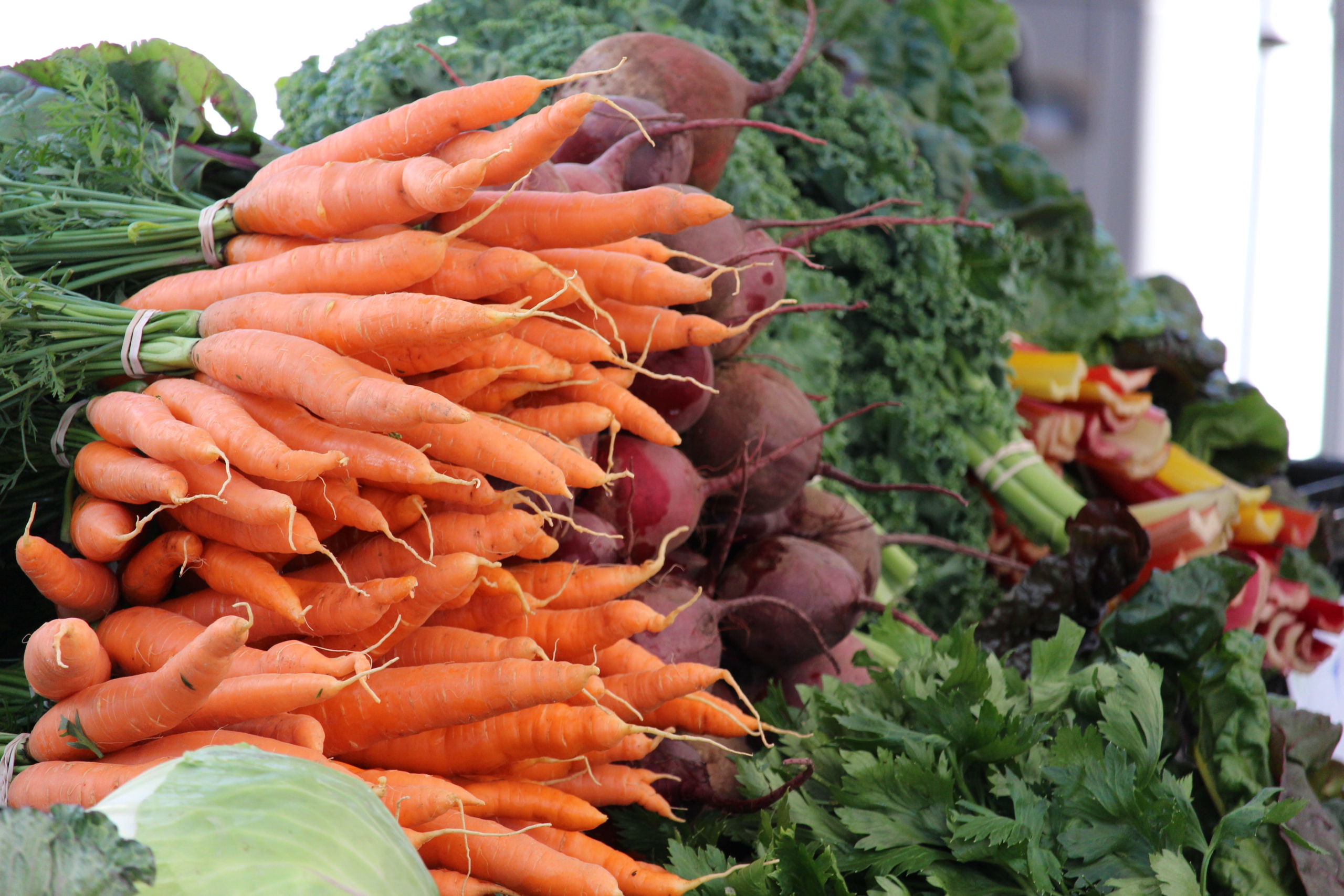Poverty and Obesity: A Paradox Amid COVID-19

The fact that both poverty and obesity simultaneously rose amid the COVID-19 pandemic, possibly tipping 130 million people into chronic malnutrition by the end of 2020, may initially come across as surprising. Yet, researchers have long documented the paradox of how impoverished individuals experiencing food insecurity are more likely to suffer from obesity than the wealthy. Poverty and obesity often go hand in hand as signs of food unavailability and a lack of healthy eating, respectively, but these conditions of malnutrition also carry more subtle risk factors like unemployment, lower education levels and limited social networks.
The Problem: Food Access, Not Just Food Availability
Food insecurity manifests itself in many ways beyond undernourishment from an insufficient quantity of food — the prominent of which is unreliable access to nutritious, healthy options. With COVID-19 exacerbating pre-existing inequities and inadequacies in global food systems, poor diets and their resultant boosting of obesity present an urgent problem for vulnerable populations in developing countries. “The pandemic is creating a problem not of food availability, but of food access because people will have less income because of the recession,” explained Maximo Torero, chief economist of the UN’s Food and Agriculture Organization.
UN Data further showed that if the trend of limited food access continues, the world’s hungry will surpass 840 million by 2030 — the very same year 193 countries have set as their target by which they will have eliminated all forms of malnutrition. And with disruptions to agricultural supply chains due to COVID-19, governments face growing pressure to take unprecedented action to tackle the worldwide spikes in food prices if they are to meet this target. It is also no coincidence that nearly all of the 50 countries with the most risk for sustained food-price swings have developing economies, according to Nomura’s Food Vulnerability Index.
Healthy eating emphasizes fresh produce and lean meats, ideally locally-sourced with minimal processing and preservatives. However, the agricultural and meat industries were the first and most affected when governments implemented COVID-19 quarantines and travel restrictions. The successive disruptions meant it was more difficult for farms to receive agriculture inputs of seeds, fertilizer and equipment, further delaying production of healthy eating staples: rice, maize, wheat, vegetables and other produce. Producers of unhealthier, more processed foods don’t face the same problem of financial losses from rotting food. Thus, during this time, those foods are more accessible and affordable at the expense of poorer consumers’ health.
The Effects: COVID-19 and Obesity
Unfortunately, the connection between COVID-19, poverty and obesity works in reverse as well. Obesity is a major risk factor for a more severe infection, resulting in higher hospitalization and death rates once one has caught the virus. Most recently, a number of studies and anecdotes have noted obesity as the predominant risk factor in youth, with cardiologist David Kass concluding “in populations with a high prevalence of obesity, COVID-19 will affect younger populations more than previously reported.” The CDC has incorporated these findings by specifying that obesity is just as significant a risk factor for severe COVID-19 illness as a suppressed immune system or chronic lung disease.
Though researchers have mostly focused on the link between COVID-19 and obesity in high-income countries, it may have more devastating effects in the developing world. Not only does evidence show “over 70% of the world’s 2 billion overweight and obese individuals live in low or middle-income countries,” obesity also leads to higher health care costs and lower work productivity, which go hand-in-hand with greater consumption of cheaper, unhealthy food options. The created feedback loop is referred to as the “double burden of malnutrition.” Moreover, as Kass’s findings suggested, the victims of COVID-19 in developing countries are younger. In India and Mexico respectively, less than 12% and 17% of deaths were of individuals older than 75, and both of these countries report much more deaths of middle-aged and younger individuals than the U.S. and Europe do.
Solutions to Improve Global Food Security
One estimate of how much governmental spending is needed to combat COVID-19’s effects on hunger and obesity was $10 billion, put forth by the International Food Policy Research Institute. However, even this amount may be insufficient when considering that food insecurity will only continue compounding if addressing poverty isn’t a cornerstone of the solutions put forth. The World Food Programme has prioritized this need for financial safety nets and social protection programs until investment in nutrition and expansion of social protections. Their Executive Director David Beasley plans to allocate $1.9 billion of already pledged funding to build food and cash stockpiles as a “life-saving buffer,” protecting the world’s poor from food shortages and food-price hikes. They also requested a further $350 million to set up transportation systems, limiting shortages and disruptions in the agricultural industry from occurring in the first place.
In combination with these correctional measures, governments should adopt a preventative approach to addressing obesity. “One of the most effective ways to address obesity and other non-communicable diseases is by ramping up investments in affordable, quality primary health care,” says Dr. Muhammad Pate, Global Director for Health, Nutrition and Population at the World Bank. “This makes sense both from a health and an economic perspective. Putting more resources on the front lines to detect and treat conditions early, before they become more serious, saves lives, improves health outcomes, reduces health care costs and strengthens preparedness.” With these efforts in place, the paradoxical relationship between poverty and obesity may begin to ease.
– Christine Mui
Photo: PXFuel
